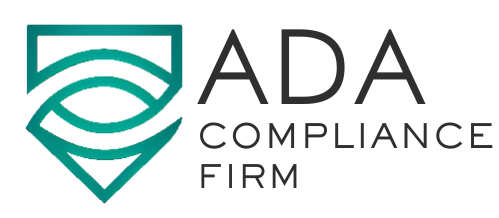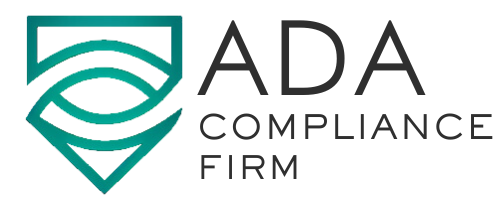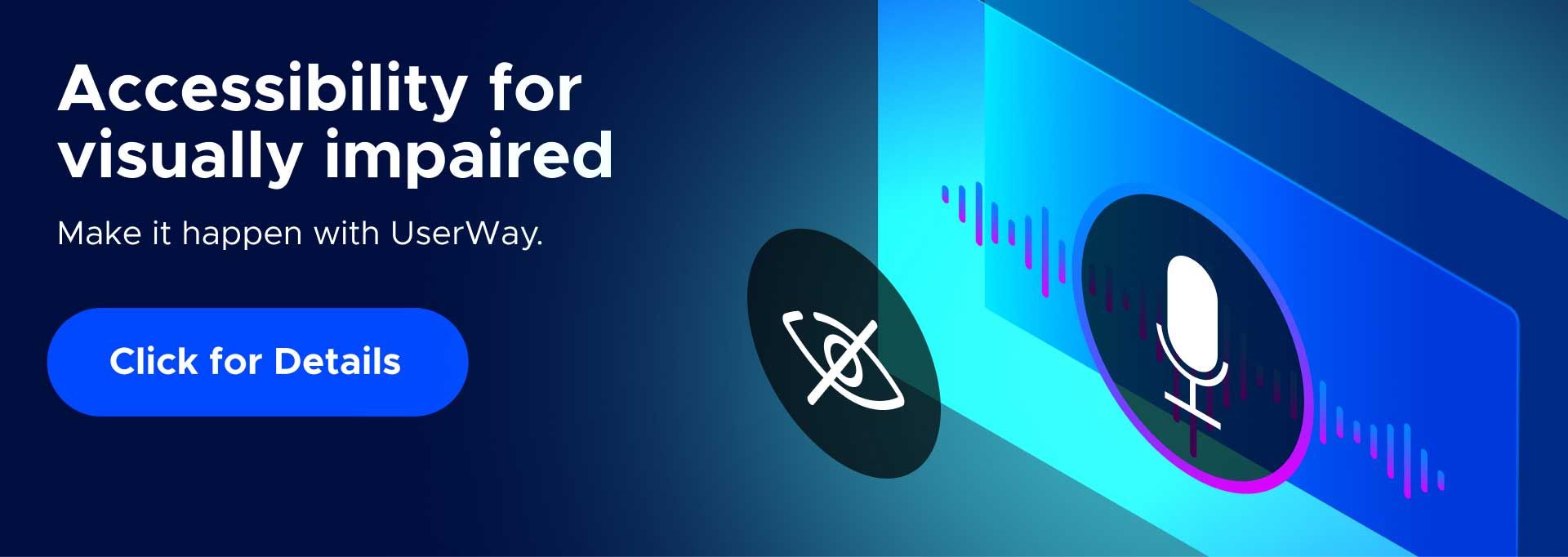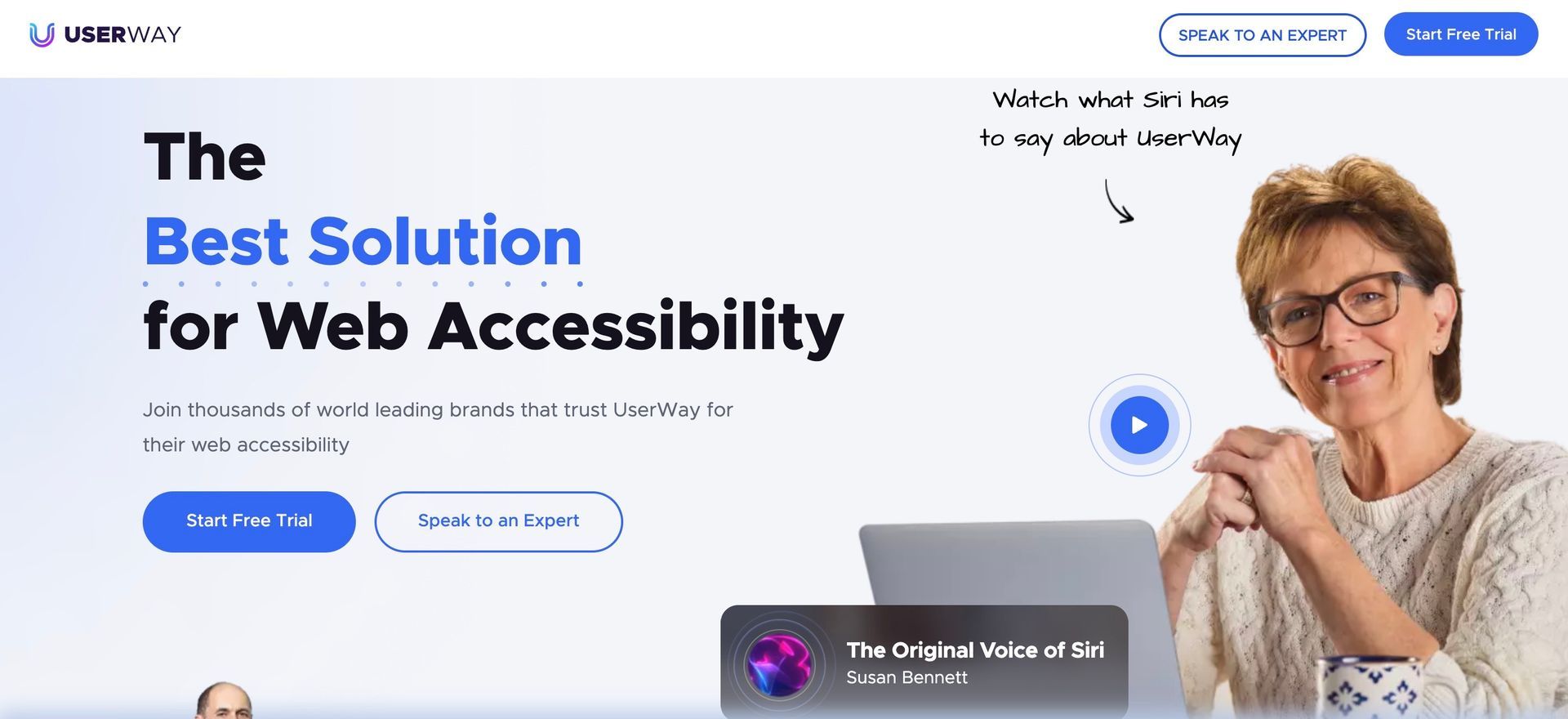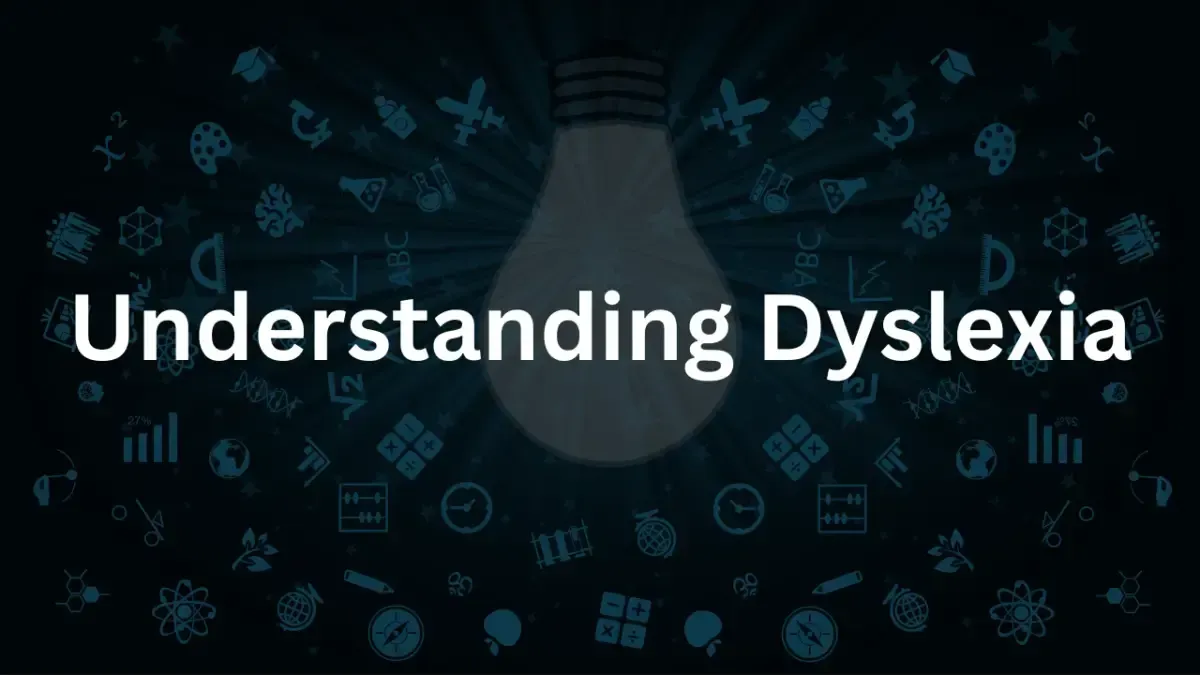Optimizing Website Accessibility: Practical Steps for ADA Compliance and Dyslexia Support

Did you know that around 15% of the world’s population experiences some form of disability? With the internet becoming an essential part of daily life, ensuring digital accessibility is no longer optional—it's crucial. Yet, many websites still aren't equipped to meet the diverse needs of individuals with disabilities, such as those with dyslexia. This oversight not only limits accessibility but also reduces the opportunity for these individuals to participate fully in the digital age.
Why Accessibility Matters More Than Ever
In our digital-first world, the importance of website accessibility cannot be overstated. It's all about removing barriers and making online spaces inclusive for everyone, including the over 40 million people who face challenges such as dyslexia. For businesses and organizations, this isn’t just about meeting legal requirements—it's about opening doors to a wider audience, improving user experience, and fostering inclusivity.
Our Mission in This Guide
Through this article, we aim to equip you with practical steps to enhance your website's accessibility. Whether you're a small business owner, a web developer, or just keen to make your site more inclusive, you’ll find actionable tips to not only comply with the Americans with Disabilities Act (ADA) but also support dyslexia-friendly content. Let’s take meaningful steps together to build a web that welcomes everyone.
Supporting Users with Dyslexia
Dyslexia extends beyond simple reading challenges; it significantly affects how individuals perceive and navigate digital content. Many with dyslexia experience issues such as letters appearing to move or blur, making standard web text difficult to decode. This can transform a routine web browsing into a strenuous activity, underscoring the need for specially tailored design choices that accommodate these unique challenges.
To make the digital world accessible to those with dyslexia, it's crucial to consider how design elements can either hinder or enhance their web experience. Simple adjustments in font style, layout consistency, and color contrast can significantly improve readability and navigation, making websites more user-friendly for everyone, not just those with dyslexia.
Practical Design Tips:
- Font Choices: Use dyslexia-friendly fonts like Arial, Verdana, or Tahoma which are cleaner and easier to read.
- Color Contrasts: Ensure high contrast between text and background colors to reduce visual strain. Implement features that allow users to customize these settings to their comfort.
- Simplified Layout: Opt for a straightforward, consistent layout with minimal distractions like moving sliders or fluctuating animations, which can cause confusion.
Understanding Website Accessibility and ADA Compliance
ADA compliance in the digital context refers to making your website accessible to all users, including those with disabilities. The Americans with Disabilities Act (ADA) sets forth guidelines that businesses and public entities must follow to ensure their websites are navigable and usable by everyone. This isn't just a matter of legal requirement; it's about ensuring equal access to digital resources, which is fundamental in today's tech-driven world.
Why Accessibility Should Be on Your Radar
Enhancing accessibility on your website isn’t just about complying with the law; it's about broadening your reach and improving the experience for all users. Accessible websites tend to have better navigation, clearer content, and a more intuitive design, which benefits everyone, not just people with disabilities. Moreover, as digital accessibility lawsuits become more common, ensuring your site meets ADA standards is also a smart preventive measure against potential legal issues.
Key Points to Consider:
- Legal Compliance: Following ADA guidelines helps avoid legal issues. Non-compliance can lead to lawsuits, which are becoming more frequent as awareness of digital accessibility grows.
- Enhanced User Experience: Accessible websites are often easier to navigate and understand, providing a better user experience for all visitors, not just those with disabilities.
- Expanded Audience Reach: By making your site accessible, you open your digital doors to millions of potential users who might have been excluded due to accessibility barriers.
Practical Steps for Enhancing Website Accessibility
Before you can make your website more accessible, you need to know what barriers might be preventing full accessibility. Conducting an accessibility audit is like doing a thorough check-up on your site to diagnose these issues. You can use automated tools that scan your website and identify non-compliance with accessibility standards, or you might engage experts who can provide more detailed insights and recommendations. This initial step is crucial because it sets the groundwork for all the enhancements you’ll make.
Implementing Changes and Maintaining Standards
Once you’ve identified the barriers, it’s time to start breaking them down. This means rolling up your sleeves and making the necessary adjustments to your website. From tweaking the design to refining the backend coding, every change counts towards creating a more inclusive digital space. Remember, enhancing accessibility is not a one-and-done deal; it requires ongoing effort and regular updates to ensure that your website remains accessible to everyone, regardless of how technology or standards evolve.
Key Steps to Follow:
- Audit Your Website: Use tools like WAVE or Google Lighthouse to perform an initial accessibility audit. These tools can help pinpoint areas where your website fails to meet accessibility standards.
- Implement Changes:
- Simplify Navigation: Ensure that your website’s navigation is intuitive and accessible via keyboard commands.
- Keyboard Accessibility: Make sure all interactive elements are operable with keyboard interfaces alone.
- Alternative Text: Add meaningful alternative text to all images to ensure information is available to those who cannot see the images.
- Continuous Improvement:
- Regular Testing: Schedule regular testing of your website’s accessibility, using both automated tools and human testers.
- Stay Informed: Keep up with new accessibility guidelines and technologies that can help enhance your site’s usability.
- User Feedback: Encourage feedback from users about their accessibility experiences and make adjustments based on their input.
Conclusion
We've covered a lot today—from understanding what ADA compliance means in the digital realm to taking actionable steps toward making websites more accessible, especially for individuals with dyslexia. By conducting thorough accessibility audits, implementing thoughtful design changes, and committing to continuous improvement, you're not just opening your digital doors wider; you're enhancing the experience for all users. This isn't just about avoiding legal snags—it's about creating an inclusive, welcoming online space that everyone can enjoy.
Looking Ahead
Remember, achieving website accessibility is a journey, not a one-time goal. It evolves as new technologies emerge and as our understanding of user needs grows. So, keep assessing, keep adjusting, and stay engaged with your audience. The efforts you put into making your site accessible are more than just compliance—they're investments in a more inclusive future. Let's keep pushing the boundaries of what our digital world can be, ensuring it’s accessible and welcoming for everyone, every day.
Join our newsletter
Recent Blog Posts
